- Plot 724/5, Mawanda Road, P.O Box 7484, Kampala Uganda
- +256 393 516266
- mail@anecca.org

USAID LPHS-Karamoja
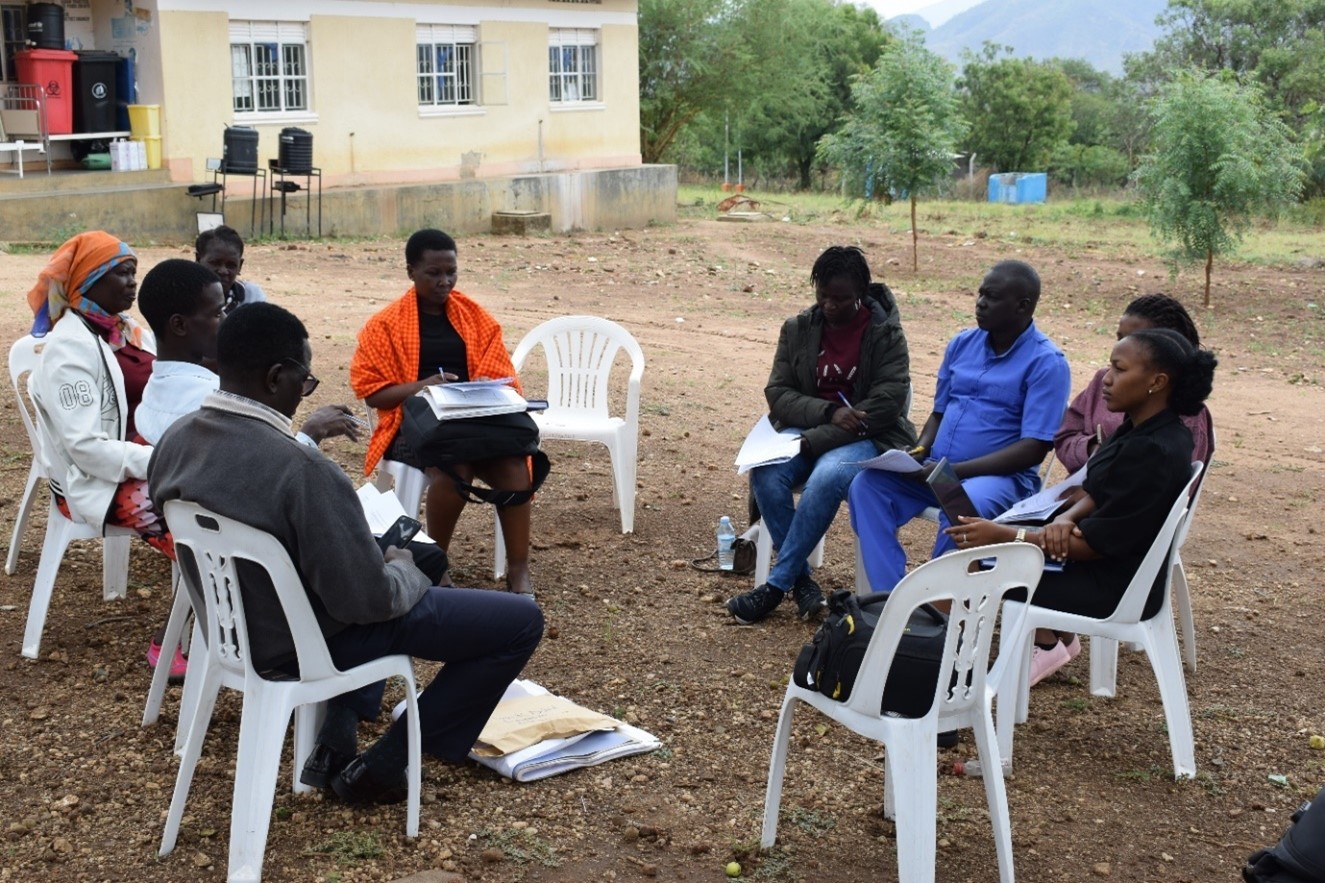
USAID/Uganda Local Partner Health Services – Karamoja Program
The African Network for the Care of Children Affected by HIV/AIDS (ANECCA) was pleased to implement the USAID/Uganda Local Partner Health Services – Karamoja Program. USAID’s Local Partner Health Services – Karamoja activity was made possible by the generous support of the American people through the United States Agency for International Development (USAID).
USAID’s Local Partner Health Services – Karamoja Activity was a five-year project (2021-2026) supporting the public health sector to increase the availability, accessibility, and utilization of quality integrated HIV and TB services for the people of nine districts (Abim, Amudat, Kaabong, Karenga, Kotido, Moroto, Nabilatuk, Nakapiripirit and Napak) in Karamoja.
Specifically, USAID’s Local Partner Health Services – Karamoja Activity was mandated to ensure:
1.Quality facility-based HIV and TB prevention services provided at scale
2.Quality, targeted, high yield, facility, and community-based HIV testing, and counseling services provided at scale
3.All diagnosed people living with HIV and TB are promptly initiated on treatment
4.All diagnosed people living with HIV and TB on treatment achieve viral suppression
5.Target districts have the institutional capacity to sustain epidemic control and maintain the response
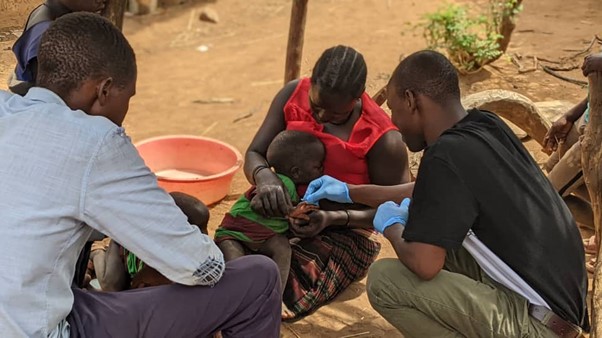
Quality facility-based HIV and TB prevention services provided at scale
Anecca, through the USAID LPHS-Karamoja activity, implemented static and outreach strategies to provide routine HIV prevention services across the nine districts in Karamoja. Anecca expanded access to Pre-Exposure Prophylaxis (PrEP) for high-risk populations, Post-Exposure Prophylaxis (PEP), Voluntary Medical Male Circumcision (VMMC) for eligible males, as well as the provision of post-Gender-Based Violence (GBV) clinical care. Anecca also supported efforts to eliminate mother-to-child transmission (eMTCT) of HIV.
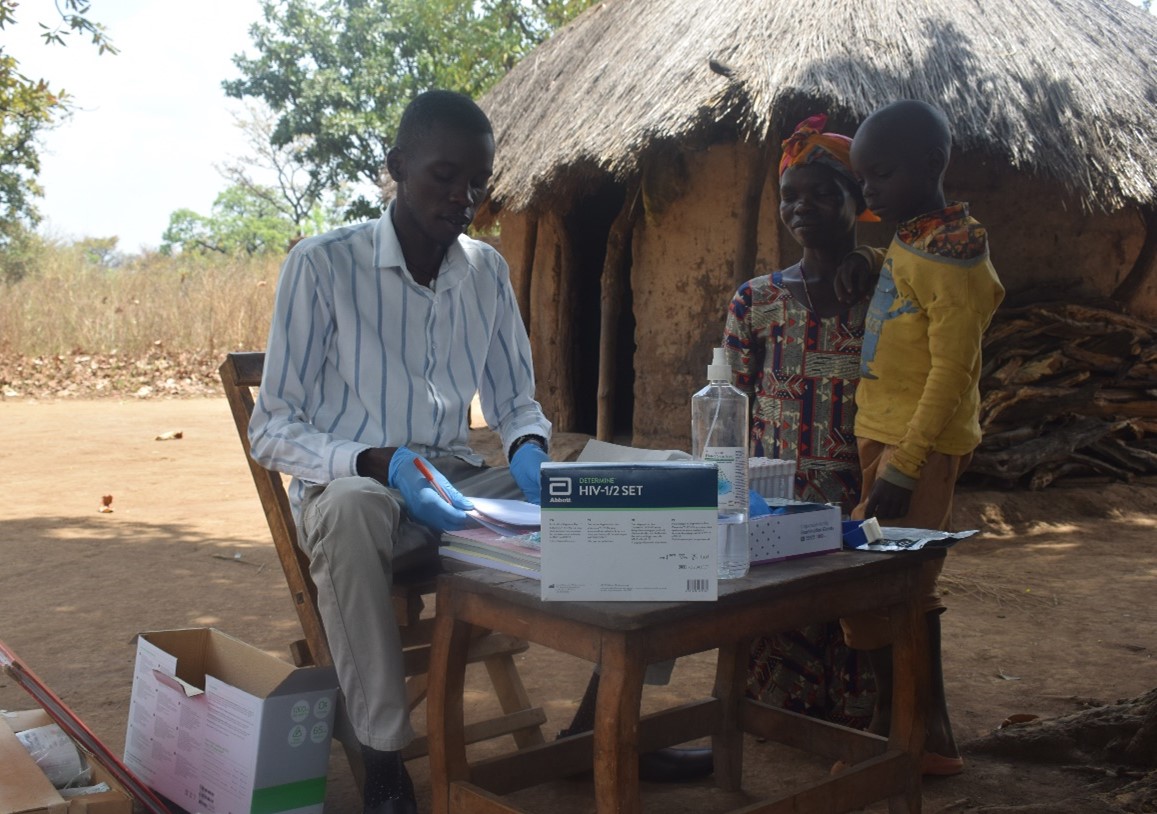
Quality, targeted, high yield, facility-based HIV testing, and counseling services provided at scale
Anecca implemented a combination of facility- and community-based HIV Testing Services (HTS) strategies across the nine supported districts in Karamoja. These included both provider-initiated and client-initiated facility-based HTS, as well as community-based integrated outreaches, complemented by counseling and Social and Behavior Change Communication (SBCC) interventions. Anecca implemented high yield testing modalities such as index client testing, Social Network Strategy, HIV self-testing, and Assisted Partner Notification to reach at-risk individuals and improve case identification
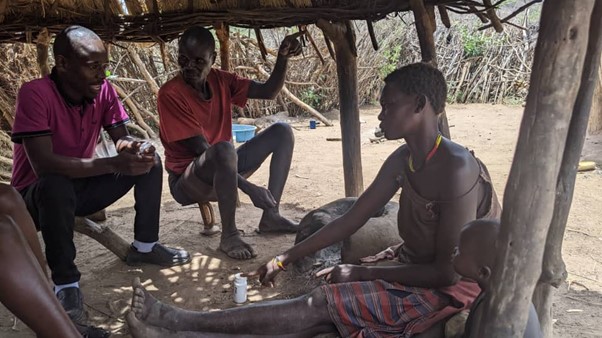
All diagnosed people living with HIV and TB are promptly initiated on treatment and achieve viral suppression
To optimize linkage to care, Anecca implemented client-centered interventions through peer supporters, linkage facilitators, and strengthened community-facility referral systems to reduce missed opportunities for linkage to care. Treatment services supported for persons living with HIV included optimization of Antiretroviral therapy, paediatric and adolescent HIV care, Advanced HIV disease screening and management, screening and management of Non-Communicable Diseases and provision of TB preventive therapy (TPT). Differentiated service delivery models and multi-month dispensing (MMD), were adopted to reduce patient burden and improve retention. To improve treatment monitoring and success, efforts focused on strengthening health systems to improve TB screening, diagnosis and treatment, viral load monitoring and increasing viral load suppression rates through adherence monitoring and support to reduce HIV/TB-related morbidity and mortality.
Achievements for the Local Partner Health Services Karamoja Project (Oct 2021 – Dec 2024)
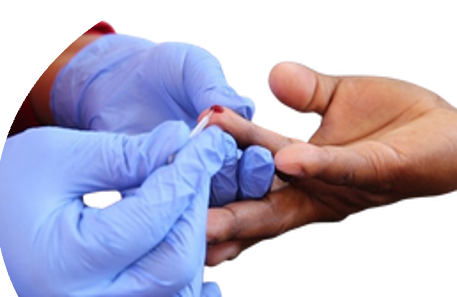 266K
266K
People Tested for HIV
 19,233
19,233
Males Circumsicsed
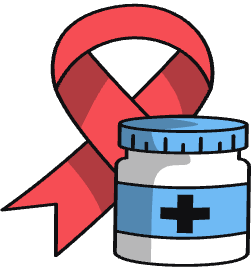 5,307
5,307
adults & children maintained on ART
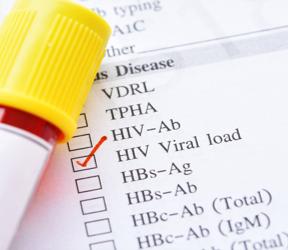 91%
91%
Viral Load coverage
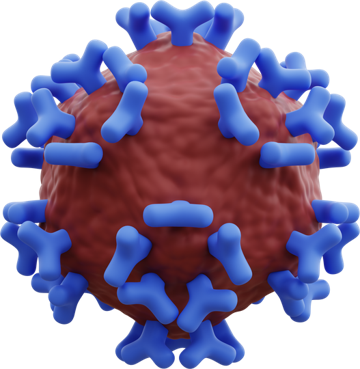 94%
94%
Viral Load suppression
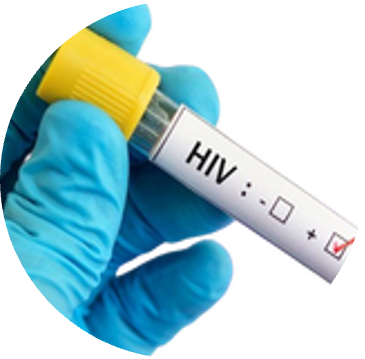 1,859
1,859
HIV HIV positive individuals newly identified
 79K
79K
pregnant women that had a known HIV status at their 1st antenatal visit
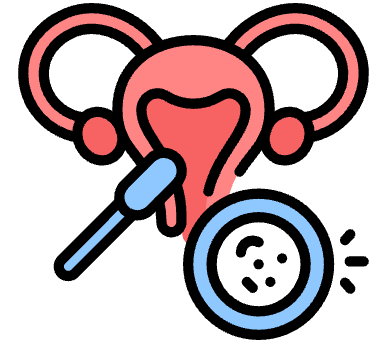 2,065
2,065
HIV positive women screened for cervical cancer
 94%
94%
Multi-Month Dispensation Coverage
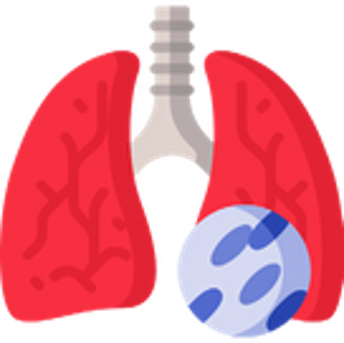 1,530
1,530
ART patients completed TPT
 93%
93%
health facility utilization rate in areas implementing quality improvement (QI)
 90%
90%
ART patients reported through an electronic medical records system
 10K+
10K+
